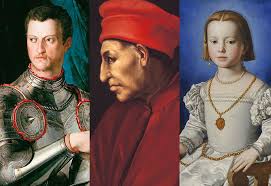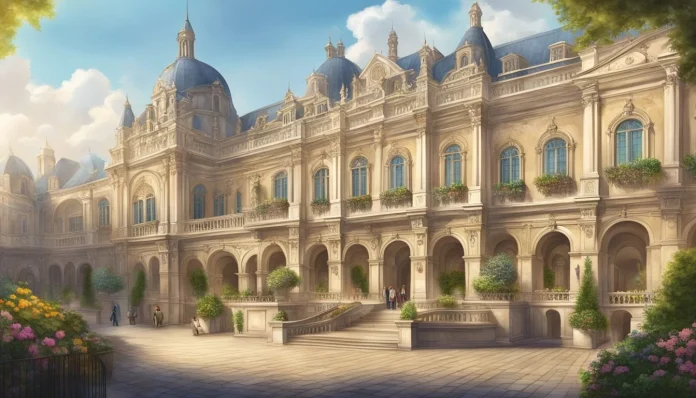The Medici family rose from humble origins to become one of Renaissance Italy’s most powerful dynasties. Their ascent began with Giovanni di Bicci de’ Medici, who founded the Medici Bank in Florence in 1397. He used innovative financial practices and sharp business skills to build a banking empire. By the 15th century, the Medici Bank had become the largest and most respected in Europe.

From Bankers to Political Powerhouses
As their wealth increased, so did their influence. The Medicis used their financial power to gain political control of Florence, effectively ruling the city-state for generations. They poured their vast resources into supporting the arts and sciences, playing a key role in fueling the cultural explosion of the Italian Renaissance.
A Legacy in Art and Culture
The Medici legacy stretches far beyond banking and politics. Their patronage of artists, architects, and scholars helped create some of the Renaissance’s most iconic works. Brunelleschi’s dome and Botticelli’s paintings are just a few examples of masterpieces made possible by Medici support. Their impact on art and culture still resonates today, centuries after their rule ended.
Early Inventions That Shaped Modern Life
Howe’s first sewing machine looked almost as crude as Morse’s telegraph sounder. However, both models worked exactly as their specifications described, which led to their patents being approved.
R. T. P. Allen, a Kentuckian, invented the first typewriter. His prototype appeared even rougher than the early sewing machine or telegraph. Still, it turned out to be just as groundbreaking.















